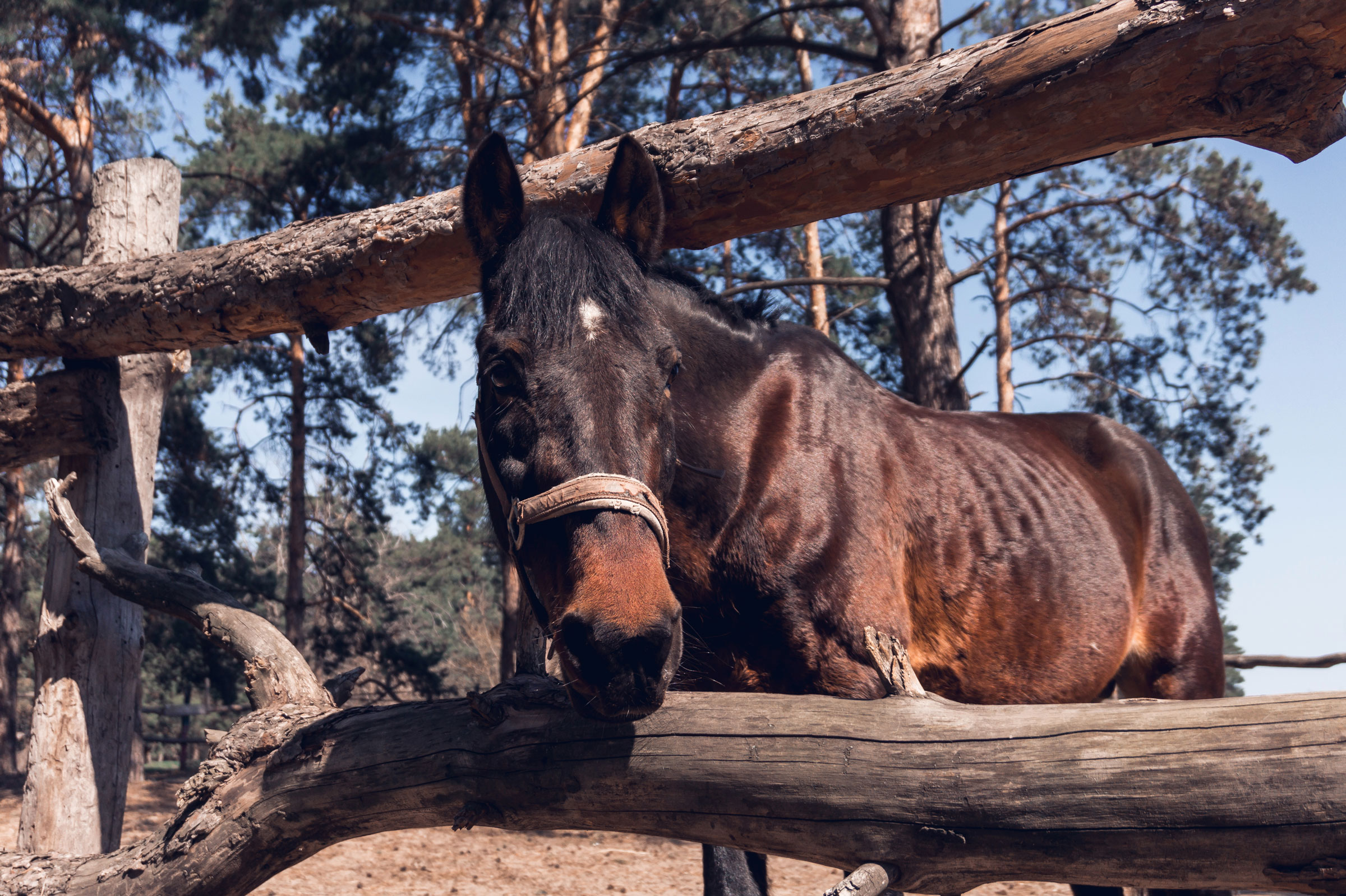
“I have a 34-year-old mare that has terrible body condition, but she has very poor teeth,” said Tia Nelson, DVM, a veterinarian who also owns horses near Helena, Montana. “She got down and cast this past winter, and it took a whole day of hard effort and medications to get her back on her feet. I was ready to go get the euthanasia solution and told her this was her last chance, so she had to try to get up—and she got up! Being down that long set her back for a couple days, but she soon was her old self again. As long as she can get up and down by herself, eat and drink, function normally, and be comfortable, I feel that she can just continue to hang out with her old buddy horse and it doesn’t matter that she’s thin.”
In judging body condition, horses are scored from 1 to 9, with 1 being starving and emaciated, and 9 being obese.
“We want to keep older horses between 4.5 and 5.5 on that scale, if we can,” said Nelson. “You don’t want them to get thin, but you also don’t want them overweight because the extra weight is hard on their joints. It’s best if they can be right in the middle of those extremes.”
Horses tend to lose their topline as they age. Even if they have appropriate body condition otherwise, their backbone starts to show.
“Steady exercise and keeping the horse fit (good muscle development) can help slow the muscle loss along the topline,” said Nelson. “If the muscles along the topline are still not very good, even with adequate exercise, you need to pay attention to saddle fit and judicious use of saddle pads if you are still riding the horse.
“The problem with saddle fit is that it changes from year to year,” she noted. “When you start a horse as a 3-year-old, his back won’t be the same as when he is 5. After that, horses’ backs might stay somewhat the same until he is 10 or 12, then they start showing some of those older-horse changes.”
If the horse has adequate feed, no dental issues or metabolic problems, and is losing weight, you need to evaluate the diet and look at possible parasite issues, or there might be some underlying health issues that need to be addressed.
It’s easier to keep a horse in good body condition than to try to bring a skinny horse back to proper weight, Nelson said. Thus, it is easier with a horse that you own and can monitor through his later years than trying to take on the challenge of a rescued horse that is already emaciated due to starvation or health issues.


